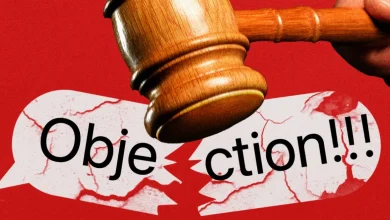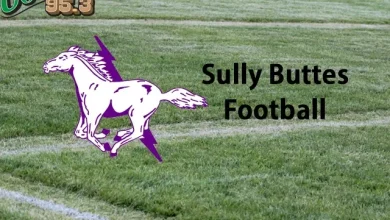De Vinck: JFK’s shooting was the end of my childhood

When I was a boy, there were streams and ferns, raspberries and wild mint to chew and taste. I knew where the robins built their nests and I collected their feathers.
I inhaled the aroma of the onion grass on my hands. I remember the mushrooms in the woods and the glowing fungus, and the sound of the cicadas in the summer. There was honeysuckle drooling on the border fence, and ivy tickling the legs of trees. There were geese in the distant swamp, and pumpkins in the neighbor’s farm. I liked the sound of his tractor.
When I was a boy, there was a land of worms and fireflies, daylilies in the garden, frogs and salamanders, crows and turtles.
I was 12 years old on Nov. 22, 1963, the day President John F. Kennedy was shot. I had a crush on Linda, the girl in my 7th grade class who had dark hair, wide eyes, a husky voice and who was better than Annette Funicello, the heartthrob of many baby boomer boys who watched Annette sing and dance on Walt Disney’s Mickey Mouse Club.
I was taking a spelling test. The principal of my middle school entered the class and whispered loud enough so that all heard, “The president is dead. He was shot.” That is when my childhood came to an end. Annette faded. My excitement about crows and turtles waned.
Opinion
School was closed early that afternoon. I walked home past the piles of fallen autumn leaves. I walked through the underpass. By the time I walked inside the house, my father was already home and the television pulsed with image after image: a motorcade, reporters, buildings, cars, images of public shock. My father wept.
Two days later, on that Sunday morning, I watched as Jack Ruby shot Lee Harvey Oswald, the man accused of Kennedy’s death. I watched Kennedy’s funeral and will always remember iconic images: the procession down Pennsylvania Avenue, the flag-draped coffin on a horse-drawn caisson, the riderless horse with boots reversed in the stirrups, the light of the eternal flame at Arlington Cemetery. But the image that has stayed with me the most is that photograph of John F. Kennedy’s 3-year-old son, saluting his father’s coffin as it slowly moved along the somber street.
A few weeks ago, I visited the former book depository building in Dallas where Oswald propped himself on boxes of books with a rifle, aimed from the sixth-floor window and murdered the 35th president of the United States, as the Warren Commission concluded.
I looked out that window onto Elm Street. On display at the Sixth Floor Museum, I saw a replica of the rifle, a replica of the famous camera that was used to film the assassination. I saw Jack Ruby’s hat, and those painfully dreadful pictures of the president slumped in his limousine.
On Nov. 27, 1963, five days after the death of President Kennedy, Lyndon B. Johnson addressed a joint session of Congress with these words: “Let us here highly resolve that John Fitzgerald Kennedy did not live — or die — in vain”. He also declared, “I need your help; I cannot bear this burden alone,” and urged Congress to pass the Civil Rights bill, stating, “no memorial oration or eulogy could more eloquently honor President Kennedy’s memory than the earliest possible passage of the Civil Rights bill for which he fought so long.”
I wrote speeches for JFK’s sister, Eunice Kennedy Shriver, in her home many years ago. And when she shared framed family photographs, I said how sorry I was for the suffering she and her family endured, and then she spoke about God, faith and about endurance.
As Johnson said to Congress, “Our American unity does not depend upon unanimity. We have differences, but now, as in the past, we can derive from those differences strength, not weakness, wisdom, not despair.”
A part of our American innocence died on Nov. 22, 1963. And looking back, I realize that as the president’s coffin moved across the television screen, I saluted in my heart to the end of my childhood.




